'Large drifts' not for me
shapiro
16 years ago
Related Stories
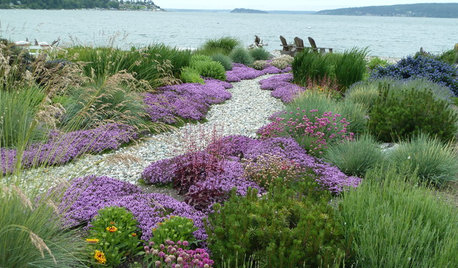
PLANTING IDEAS7 Ways to Use Drifts and Masses In Your Garden
Whether in formal or natural landscapes, grasses or succulents planted en masse elevate the garden
Full Story
PRODUCT PICKSGuest Picks: Large Artwork for Your Space
Go big with 20 large-scale art finds for every room in the house
Full Story
DECORATING GUIDESThe Faces Have It: Large Portraits Go Over Big
Oversize visages of celebrities and mere mortals make for double-take drama in interiors
Full Story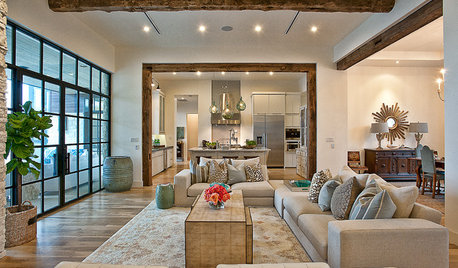
LIVING ROOMSLay Out Your Living Room: Floor Plan Ideas for Rooms Small to Large
Take the guesswork — and backbreaking experimenting — out of furniture arranging with these living room layout concepts
Full Story
BATHROOM MAKEOVERSWasted Space Put to Better Use in a Large Contemporary Bath
Bad remodels had managed to leave this couple cramped in an expansive bath. A redesign gave the room a luxe hotel feel
Full Story
BEDROOMS10 Ways to Create a Dressing Area Large or Small
Consider these ideas for carving out space in a corner of your bedroom, bathroom or closet
Full Story
WINDOWSTreatments for Large or Oddly Shaped Windows
Get the sun filtering and privacy you need even with those awkward windows, using panels, shutters, shades and more
Full Story
TRANSITIONAL STYLERoom of the Day: Dramatic Redesign Brings Intimacy to a Large Room
The daunting size of the living room once repelled this young family, but thanks to a new design, it’s now their favorite room in the house
Full Story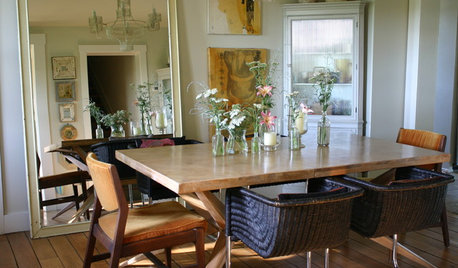
DECORATING GUIDESLarge-Scale Pieces Give Small Rooms Massive Style
Work bigger elements into a diminutive space and watch its design cred grow by leaps and bounds
Full Story


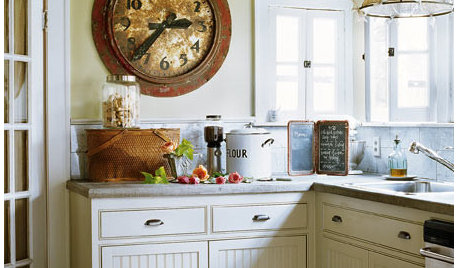




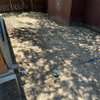
blue_velvet_elvis
inkognito
Related Discussions
Difference between Peach Drift and Apricot Drift?
Q
Looking hard for 4' tall Gold Drift
Q
"Gold Drift" down..."Gold Drift" down....
Q
Drift Pink vs. Drift Peach: Growth habit?
Q
gonativegal
Embothrium
catkim
busyd95
Embothrium
mjsee
ironbelly1
bahia
catkim
irene_dsc
inkognito
Embothrium
nwnatural
irene_dsc
bahia
irene_dsc
Frankie_in_zone_7
inkognito
Frankie_in_zone_7
susi_so_calif